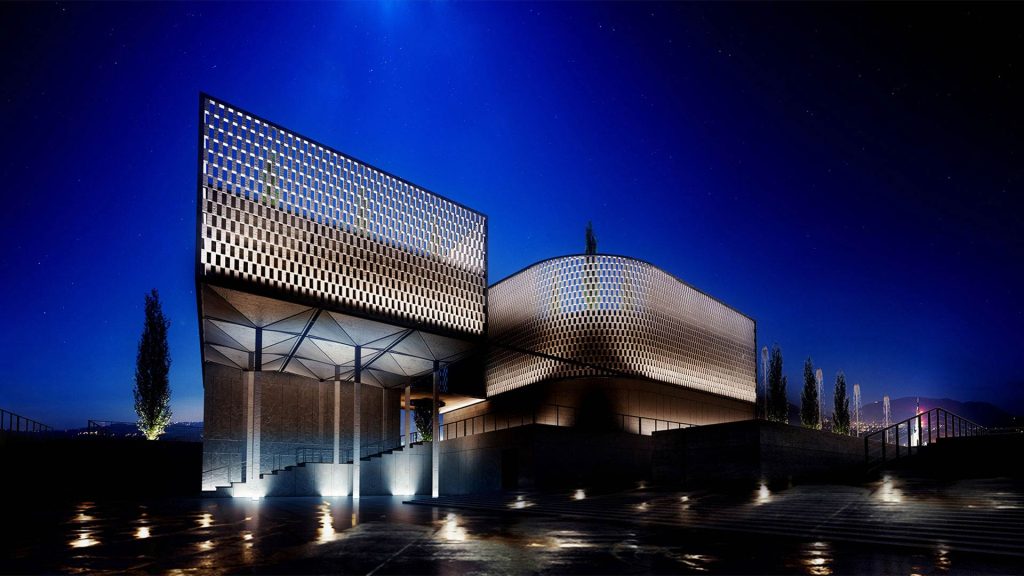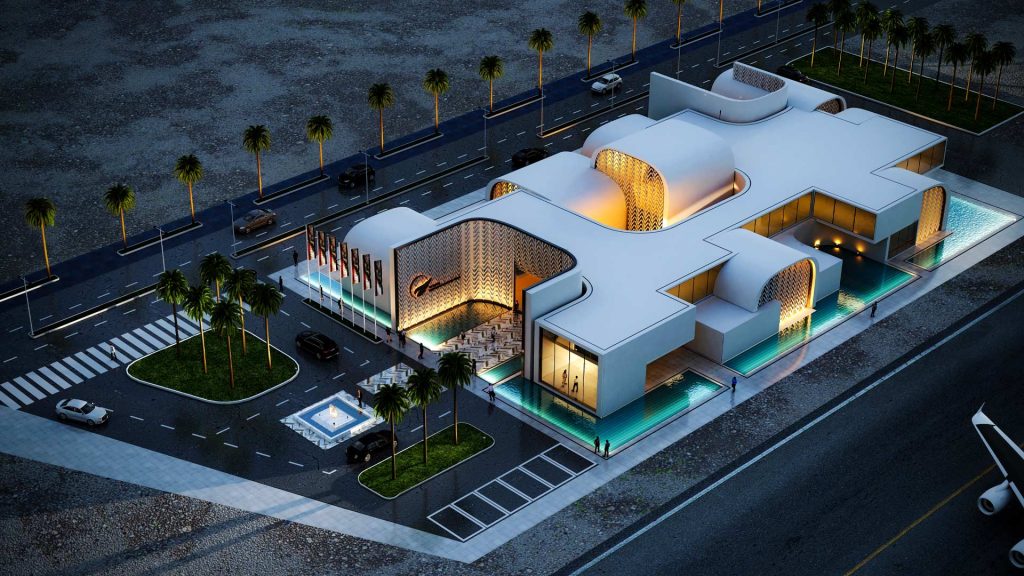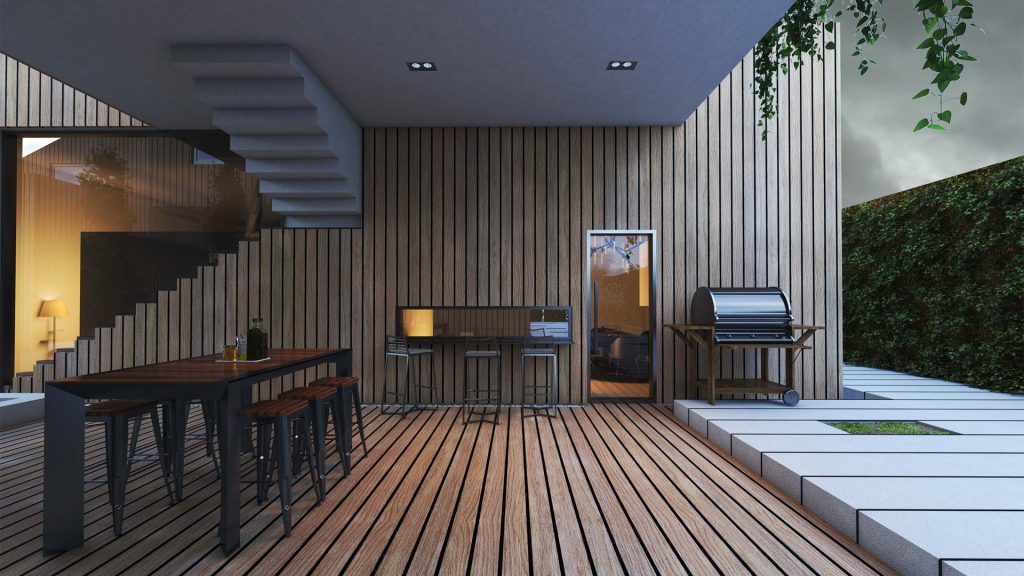
What makes atmosphere architecture a matter of discussion more than before in the 21st century, is the extents to which the technical aspects of construction industry have been developed during the last decades of the previous century
Data management and CAD design have given the architect a chance to leave many technical aspects of the design to be dealt with by technicians of various fields, so that the architect can once again focus on more essential aspects of the design: atmosphere.
In this respect earlier events of the previous century, including Bruno Taut’s discovery of the Shoiken tea house and it leading to Barcelona pavilion by Mies, are better precedents of what architects like Zumthor are now practicing. It is to most extent because of the heritage that the traditional Japanese architecture left for the modernists to build upon. It is this tradition that respects the landscape and the flora and fauna as we know it in contemporary space of the 21st century. The contemplation, absoluteness, basic senses, and self-presence one can find in this traditional theme is never comparable with any merely modern thought.
‘Deed’ multi-use hotel apartment in Payambar-e-Azam boulevard in Qom city is located between Haram-e-Motahar shrine and Jamkaran mosque; two of the most visited Shia religious sites. The project is in 10 stories, the first two being a commercial center, and others hotel apartments. The idea behind the architectural form is to stretch the building between the two shrines, splitting it in two parts with triangle like shapes, each pointed at one shrine. The gap between the two volumes provides light for the courtyard and makes the arrangement of apartment units on the periphery of the triangles possible.
Each triangle shaped volume has an atrium in the middle, with apartment units arranged around it. The atrium is covered by skylights on the top floor. The space left between the two volumes serves as a green courtyard on the top of the commercial floors, and as an elevated urban plaza accessed by the public.
The units looking inwards the building have terraces scattered in direction to avoid direct alignment of the units. The terraces are verified in size as well, giving a segmented and gradual envelope to the architectural form.
All accesses, shafts and service zones for apartment units are placed inside the triangle, using the atrium as a common space, and avoiding any intrusion on the enveloped façade.
There has been a concern among critics of the modern era, that designers no longer are dominant on their designs. They believed, and some still do, that the fast growth of technical aspects of construction field no longer lets there be an architect who knows everything and can lead all acting forces of the field into a meaningful end. The ideal era for this kind of architecture is gothic architecture: an architecture that fully conveyed the sense of its epoch and dominated all aspects of arts and everyday life and was one of the most atmospheric spaces ever created.
The realities of the recent decades, nonetheless, revealed another side of this modern era, especially with introduction of data management into the field of construction and architecture, which in its most recent developments resulted in BIM industry. It is now known to us that these multibranch subfields of architecture industries not only don’t mislead the architects into unconscious design, but also give them an unprecedent possibility to master many aspects of their profession without a need for dedicating so much effort and time in learning them by themselves and in real-time. Modern catalogs and brandings of construction industry carry this burden and the architect is free to design. Structural systems are dealt with specifically in structural design firms and design teams and the result is discussed and coordinated with the architect. Material brands give their catalogs and detailing data to the design team and support them with coordinated shop drawings. Mechanical systems are presented to the design team and implemented in architectural drawings. Lighting companies make any architectural scheme reachable to an architect and all these not only don’t make an architect confused or inactive in design process, but enables them to create more than ever before, and to achieve timeless qualities of atmospheric architecture in a much faster way than before.






